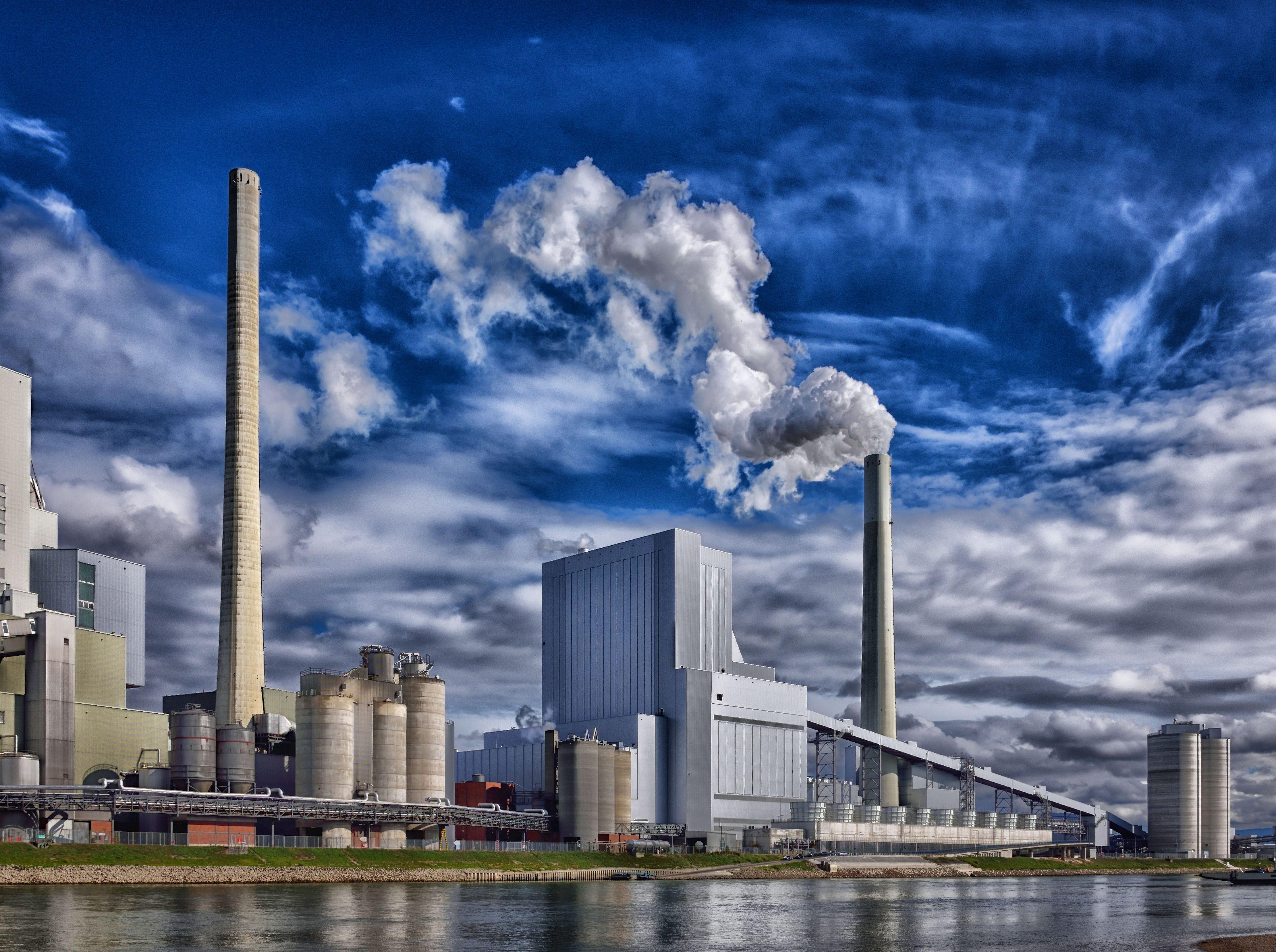
Submitted by Dr F. Gomollon-Bel on Wed, 04/12/2019 - 13:50
A graphene-titania photocatalyst degrades up to 70% more atmospheric NOx than standard titania nanoparticles in tests on real pollutants.
Scientists at the Cambridge Graphene Centre, University of Cambridge, in collaboration with the Italcementi HeidelbergCement Group and other partners, have developed a graphene-titania photocatalyst that degrades up to 70% more atmospheric nitrogen oxides (NOx) than standard titania nanoparticles in tests on real pollutants.
Atmospheric pollution is a growing problem, particularly in urban areas and in less developed countries. According to the World Health Organization, one out of every nine deaths can be attributed to diseases caused by air pollution. Organic pollutants, such as nitrogen oxides and volatile compounds, are the main cause of this, and they are mostly emitted by vehicle exhausts and industry.
To address the problem, researchers are continually on the hunt for new ways to remove more pollutants from the atmosphere, and photocatalysts such as titania are a great way to do this. When titania is exposed to sunlight, it degrades nitrogen oxides – which are very harmful to human health – and volatile organic compounds present at the surface, oxidising them into inert or harmless products.
Now, the University of Cambridge, in conjunction with Italcementi, HeidelbergCement Group, Italy, and researchers at partner institutions working on photocatalytic coatings, have developed a new graphene-titania composite with significantly more powerful photodegradation properties than bare titania. University of Cambridge researchers prepared and tested the composite, confirming its remarkable ability to photocatalytically degrade pollutant molecules, then researchers at Italcementi applied the coating to concrete to investigate its potential for environmental remediation.
“We decided to couple graphene to the most-used photocatalyst, titania, to boost the photocatalytic action,” comments Marco Goisis, co-author of the paper. “Photocatalysis is one of the most powerful ways we have to depollute the environment, because the process does not consume the photocatalysts. It is a reaction activated by solar light,” he continues.
By performing liquid-phase exfoliation of graphite – a process that creates graphene – in the presence of titania nanoparticles, using only water and atmospheric pressure, scientists created the new graphene-titania nanocomposite. They found that it passively removes pollutants from the air when coated on the surface of materials. If applied to concrete on the street or on the walls of buildings, the harmless photodegradation products could be washed away by rain or wind, or manually cleaned off.
To measure the photodegradation effects, the team tested the new photocatalyst against NOx and recorded a 70% improvement in photocatalytic degradation of nitrogen oxides compared to standard titania. They also used rhodamine B as a model for volatile organic pollutants, as its molecular structure closely resembles those of pollutants emitted by vehicles, industry and agriculture. They found that 40% more rhodamine B was degraded by the graphene-titania composite than by titania alone, in water under UV irradiation.
“Coupling graphene to titania gave us excellent results in powder form – and it could be applied to different materials, of which concrete is a good example for the widespread use, helping us to achieve a healthier environment. It is low-maintenance and environmentally friendly, as it just requires the sun’s energy and no other input,” Goisis says.
Ultrafast transient absorption spectroscopy measurements revealed an electron transfer process from titania to the graphene flakes, decreasing the charge recombination rate and increasing the efficiency of reactive species photoproduction – meaning more pollutant molecules could be degraded.
The reasons to incorporate graphene into concrete do not stop here. Based on this concept, scientists are also working on another product – an electrically conductive graphene concrete composite, which was showcased at Mobile World Congress in February this year. When included as a layer in flooring, it releases heat when an electrical current is passed through it. This could be used to heat buildings or streets without using water from a tank or boiler. It could also be used to create self-sensing concrete, which could detect stress or strain in concrete structures and monitor for structural defects, providing warning signals if the structural integrity is close to failure.
Andrea C. Ferrari, Professor at the University of Cambridge and Science and Director of the Cambridge Graphene Centre, adds: "We are working with an ever-increasing number of companies, since they recognize the potential for graphene in new and improved technologies. In this work, the Cambridge Graphene Centre, part of the University of Cambridge, collaborated with Italcementi, leader in Italy in the field of building materials, and demonstrated a clear application of graphene for the degradation of environment pollutants. This can not only have commercial benefits, but, most importantly, benefit of society by resulting in a cleaner and healthier environment."
Reference
‘Photocatalytic activity of exfoliated graphite-TiO2 nanocomposites’, Nanoscale, 2019, 11, 19301-19314. G. Guidetti, E.A.A. Pogna, L. Lombardi, F. Tomarchio, I. Polishchuk, R. R. M. Joosten, A. Ianiro, G. Soavi, N. A. J. M. Sommerdijk, H. Friedrich, B. Pokroy, A. K. Ott, M. Goisis, F. Zerbetto, G. Falini, M. Calvaresi, A. C. Ferrari, G. Cerullo and M. Montalti.

